ABOUT THE HERB PATCH PROJECT
 We provide primary schools with Sensory Herb Gardens, bringing the classroom outdoors and allowing children to plant, learn and have fun! So far, we have planted a HerbPatch in almost 500 primary schools across Ireland and we are expanding!
We provide primary schools with Sensory Herb Gardens, bringing the classroom outdoors and allowing children to plant, learn and have fun! So far, we have planted a HerbPatch in almost 500 primary schools across Ireland and we are expanding!
A not-for-profit educational project, HerbPatch, created and developed by herbalist Jan Keating, in collaboration with the Irish Register of Herbalists, combines the skills, love and passion of its members, with the knowledge of experts in education. To facilitate easy integration into the curriculum, lesson plans and activity sheets were developed for the HerbPatch (with the help of Dr. Sandra Austin MIE and 3rd year students at DCU St. Patrick’s Campus, Drumcondra).
WANT A FAB HERBPATCH AT YOUR PRIMARY SCHOOL?
It’s not time to sign up! But when it is, you can hit the Apply Now button to fill out your school details to receive your easy-to-use HerbPatch kit*.
Bursting with life, the kit contains;
- 9 specially-selected sensory herbs
- A laminated A3 Teacher’s Aid for indoor or outdoor use
- Easy instructions on how to plant the ‘plugs’ (already germinated and 1-2 inches tall)
- Login details allowing online access to cross-curricular lesson plans, activity sheets and instructional videos.
*Wood and soil are not included
Applications not yet open
Marigold
Calendula officinalis
Lus Buí Albanach / Bláth Mhuire
‘Calendula’ comes from the Latin word ‘calendulae’, meaning “ a little calendar or little clock”. Formerly its flowers were used to give cheese a yellow colour.
Uses:
- One of the best traditional vulnerary herbs (a herb having healing properties for skin)
- One of the most used herbs in medicinal creams for cuts, abrasions, rash or boils
Thyme
Thymus vulgaris
Tím
To the Greeks, thyme was an emblem of courage, to the Romans a remedy for melancholy, and appreciated by both for its scent. To tell someone they smelled of Thyme was a compliment in ancient Greece!
Uses:
- Traditionally used for chest and breathing problems
- Research shows that its essential oil is antiseptic and antibacterial
Rosemary
Rosmarinus officinalis
Maróis
Well known in ancient Greece and Rome, the name comes from the Latin ‘rosmarinus’ which means “dew of the sea”, from its coastal habitat and the appearance of its flowers.
Uses:
- Studies show it has antibacterial properties and can be helpful for digestion
- Traditionally rosemary is considered a good tonic
Parsley
Petroselinium crispum
Peirsil gharraí
The Greeks associated Parsley with death and funerals and according to Homer fed it to their chariot horses, but it was the Romans who took to it as a major culinary herb.
Uses:
- Parsley is traditionally known as a culinary herb good for digestion
- Studies show it is rich in minerals and vitamins and is a nutritious tonic
Peppermint
Mentha piperita
Lus an phiobair
The Romans made great use of mint for its clean, fresh scent, putting it into bathwater and making it into perfumes. There is evidence that it was cultivated in ancient Egypt and its dried leaves were found in many pyramids.
Uses:
- A traditional remedy for gas and stomach upsets
- Tea can be soothing for nausea and tummy pains
Chamomile
Matricaria recutita
Camán Meall
The word Chamomile comes from the Greek meaning ‘ground apple’ probably because of its apple-like fragrance. Chamomile is known as ‘The Plant’s Physician’ as its perfume deters some insects, and it is said that if you plant it among your shrubs and flowers you will improve the health of your garden and revive ailing plants.
Uses:
- It is used for centuries for colic and other children’s health problems
- Tea is traditionally used for digestive complaints

















